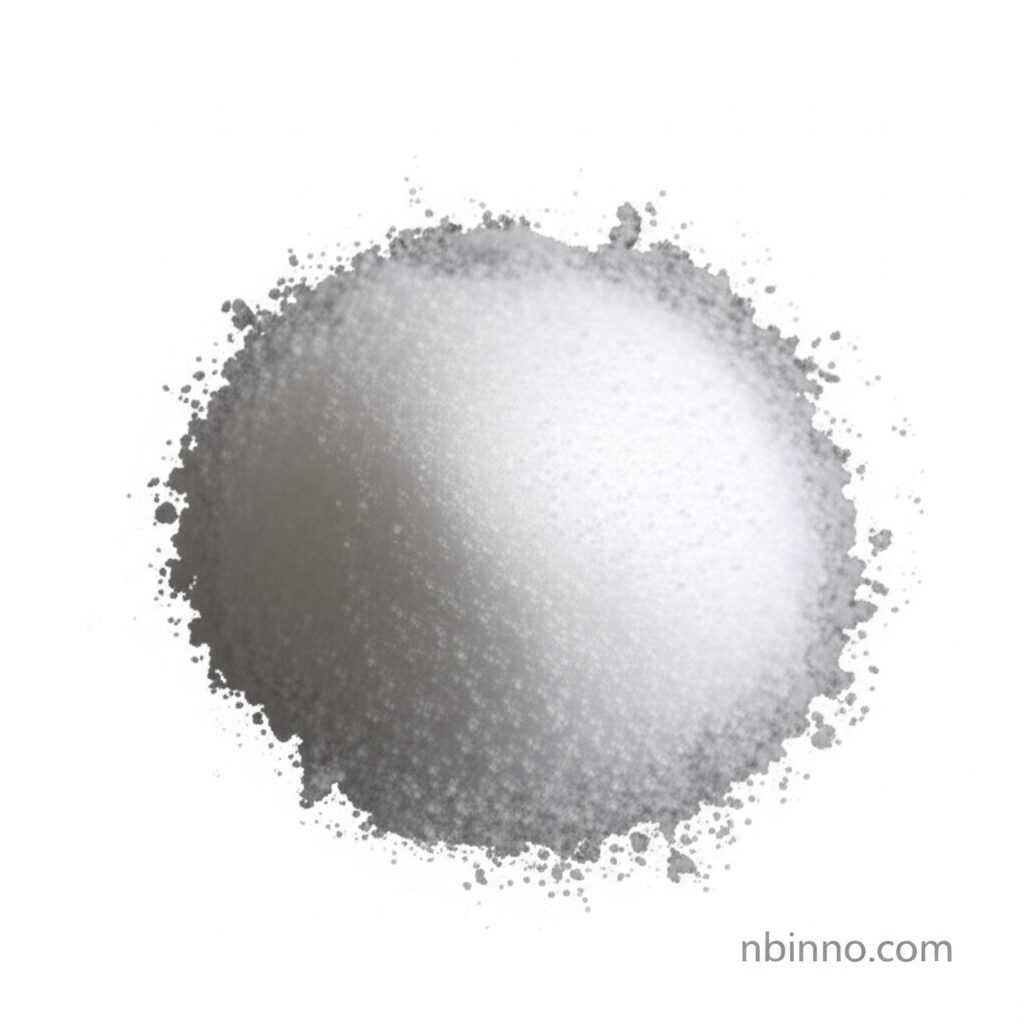Trimesic Acid (CAS 554-95-0): A Versatile Intermediate for Pharmaceutical and Industrial Applications
Discover the essential properties and broad applications of Trimesic Acid, a key raw material for advanced chemical synthesis. As a leading manufacturer and supplier in China, we provide high-purity Trimesic Acid for your critical formulation needs.
Get a Quote & SampleUnlock Innovation with High-Quality Trimesic Acid

Trimesic Acid
As a premier manufacturer and supplier of Trimesic Acid (CAS 554-95-0) in China, we offer a high-purity (98.5%min) white crystalline powder essential for diverse industrial applications. Leverage our cost-effective solutions and stable supply chain to meet your procurement needs.
- High Purity Trimesic Acid for Pharmaceutical Intermediates: Our product meets stringent quality standards, making it ideal for the synthesis of APIs and complex pharmaceutical compounds.
- Key Building Block for MOFs and Polymers: Utilize Trimesic Acid to enhance structural rigidity and thermal stability in advanced polymer and resin synthesis, and as a ligand for Metal-Organic Frameworks.
- Trusted Trimesic Acid Supplier in China: Benefit from reliable sourcing and competitive pricing when you buy Trimesic Acid from our dedicated manufacturing facility.
- Versatile Applications in Coatings and Research: Explore the use of Trimesic Acid to improve adhesion in specialty coatings and as a valuable reagent in chemical research and development.
Advantages of Sourcing Trimesic Acid
Exceptional Purity and Quality
Our Trimesic Acid boasts a minimum purity of 98.5%, ensuring consistent performance in demanding applications such as pharmaceutical synthesis and advanced materials research. We are your reliable supplier for high-grade chemical intermediates.
Cost-Effective Manufacturing in China
Leverage our competitive pricing strategy for Trimesic Acid. As a direct manufacturer in China, we offer significant cost advantages, enabling you to procure essential chemical raw materials efficiently without compromising on quality.
Stable Supply Chain and Capacity
With a production capacity of 1000 MT per year, we guarantee a stable and consistent supply of Trimesic Acid. Trust us as your long-term manufacturing partner for uninterrupted operations and timely project completion.
Key Application Areas for Trimesic Acid
Pharmaceutical Intermediates
Trimesic Acid is a crucial building block for synthesizing active pharmaceutical ingredients (APIs) and complex drug molecules. Its unique structure facilitates the development of novel therapeutics.
Metal-Organic Frameworks (MOFs)
As a ligand, Trimesic Acid is instrumental in creating porous MOF materials used for gas storage, separation, and catalysis, driving innovation in advanced materials science.
Polymer and Resin Synthesis
This versatile compound serves as a multifunctional monomer or crosslinking agent, enhancing the structural rigidity and thermal stability of various polymers and resins.
Coatings and Surface Treatment
Trimesic Acid can be utilized to improve adhesion and chemical resistance in specialty coatings, offering enhanced performance for surface-modified materials.
